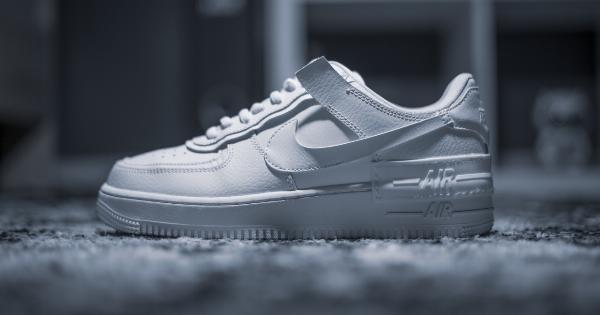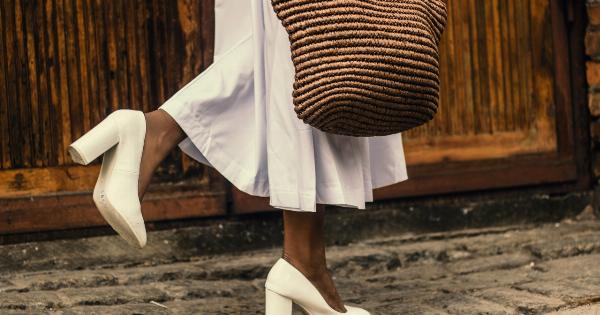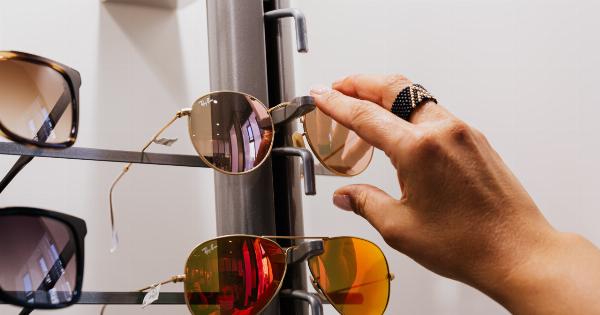When it comes to choosing the perfect sneakers, there are several factors that you should consider to ensure optimal comfort, performance, and style.
With so many options available on the market, it can be overwhelming to find the right pair for your needs. In this article, we will discuss the key considerations that will help you make an informed decision when selecting sneakers.
1. Foot Type and Pronation
Understanding your foot type is essential in finding the right sneakers. There are three main types: neutral, overpronation, and underpronation (also known as supination).
The way your foot moves and strikes the ground during walking or running can significantly impact the type of support and cushioning you require.
If you have a neutral foot type, you are in luck as you have a wider range of options to choose from, including neutral cushioned shoes. However, if you overpronate or underpronate, it is crucial to look for sneakers that provide stability and support.
2. Arch Support
The level of arch support needed varies from person to person. Some individuals have high arches, while others have low arches or flat feet. Opting for sneakers with appropriate arch support can help prevent discomfort, pain, and injuries.
If you have high arches, consider shoes with a cushioned midsole and extra support to absorb shock.
If you have low arches or flat feet, shoes with additional stability features and motion control will provide the necessary support and prevent overpronation.
3. Shoe Size and Fit
Choosing the right size and fit is vital for both comfort and injury prevention. Ill-fitting sneakers can lead to blisters, calluses, and even more severe issues such as plantar fasciitis or joint pain.
Ensure you measure your feet accurately and take into account any specific foot conditions or changes that may have occurred over time. Always try on sneakers before purchasing them and walk around to get a feel for the fit.
There should be enough room for your toes to wiggle, and the shoes should not feel too tight or loose.
4. Activity and Performance
Consider the specific activity or sport you intend to use the sneakers for. Different athletic activities require different features and support.
For running, look for shoes with ample cushioning and shock absorption to reduce impact on your joints. Cross-training shoes are ideal for gym workouts and offer stability for lateral movements.
If you play basketball, opt for sneakers that provide ankle support and traction on the court.
5. Durability and Quality
No one wants to invest in sneakers that fall apart after a few weeks of use. Quality is essential to ensure durability and longevity.
Evaluate the materials used, the construction of the shoe, and read reviews to get an idea of the brand’s reputation for quality.
Consider how frequently and intensely you plan to use the sneakers. If you are an avid runner or engage in high-impact activities regularly, it is worth investing in a more durable pair that can withstand the demands you will put on them.
6. Comfort
Comfort should be a top priority when choosing sneakers since you will be spending a significant amount of time wearing them. Look for features that enhance comfort, such as cushioning, breathability, and flexibility.
Try on different brands and models to find the perfect fit for your feet. Pay attention to how the shoes feel around your heel, arch, and toes.
Remember, what works for someone else may not work for you, so trust your own comfort level when making a decision.
7. Style and Design
While comfort and performance should be the first considerations, style and design can also play a role in choosing sneakers that align with your personal taste.
Sneakers are available in various colors, patterns, and designs to suit different aesthetics. Fortunately, many brands now offer fashionable options without compromising on functionality.
Choose a pair that not only feels great to wear but also complements your style.
8. Price
Price is an important factor to consider, as sneakers can range from budget-friendly options to high-end, designer choices. Set a budget and prioritize the features that are most essential to you.
While it may be tempting to opt for cheaper alternatives, keep in mind that investing in quality sneakers can save you money in the long run.
Cheaper shoes may wear out quickly and need to be replaced more frequently, whereas a higher-quality pair will last longer and provide better performance.
9. Brand Reputation
The reputation of the brand can give you an idea of the overall quality, performance, and customer satisfaction associated with their sneakers. Established brands often have a long history of producing reliable products.
Research different brands and read customer reviews to get a sense of their reputation. Look for brands that specialize in athletic footwear and have gained trust in the industry.
10. Break-in Period
Some sneakers require a break-in period before they become truly comfortable. Shoes made with stiffer materials or specific technologies may initially feel rigid or tight.
Consider whether you are willing to go through a break-in period or prefer a pair that feels comfortable right out of the box. This can vary depending on personal preference and the type of activities you plan to engage in.
Reading reviews from other customers can provide insights into the break-in period of specific models.
Conclusion
Choosing the right sneakers involves considering factors such as foot type and pronation, arch support, shoe size and fit, activity and performance needs, durability and quality, comfort, style and design, price, brand reputation, and the break-in period. Taking all these considerations into account will help you find the ideal pair of sneakers that meet your specific requirements and preferences.



























